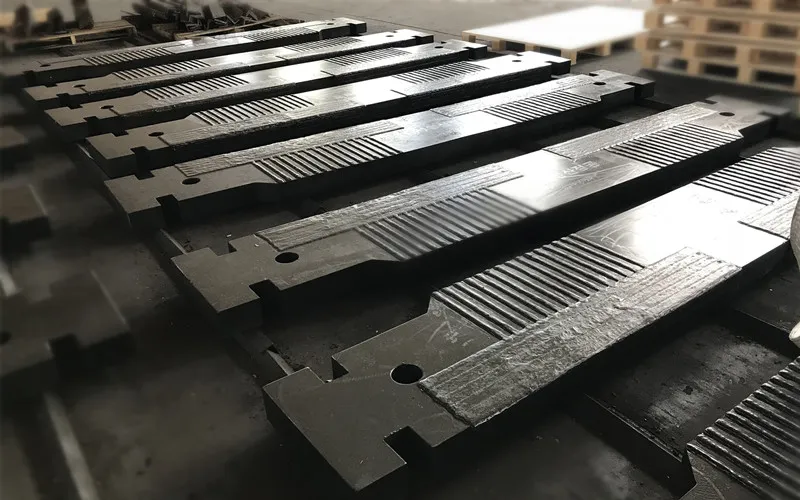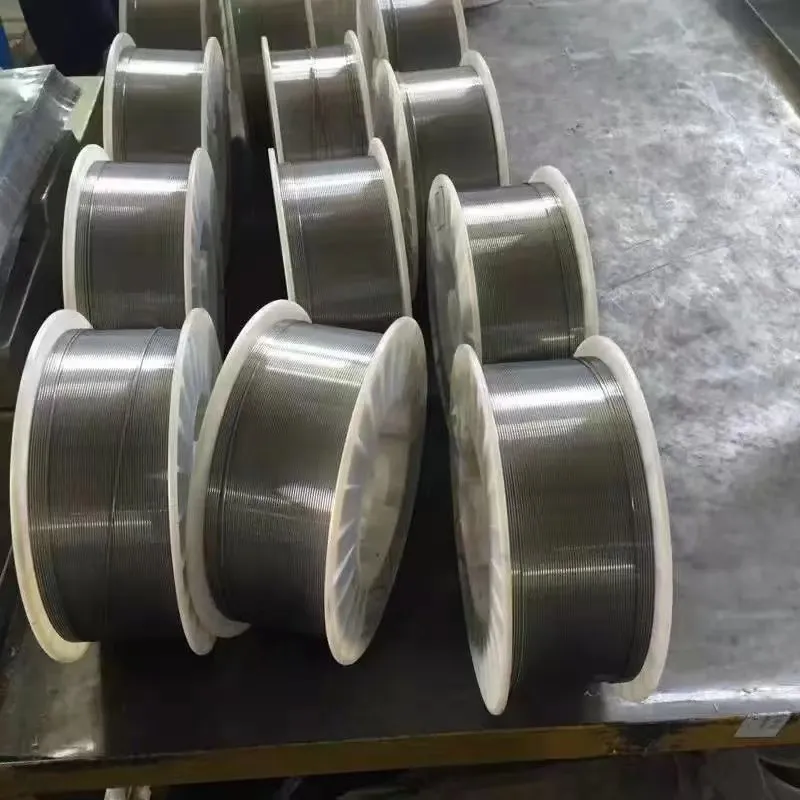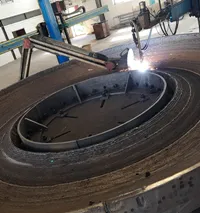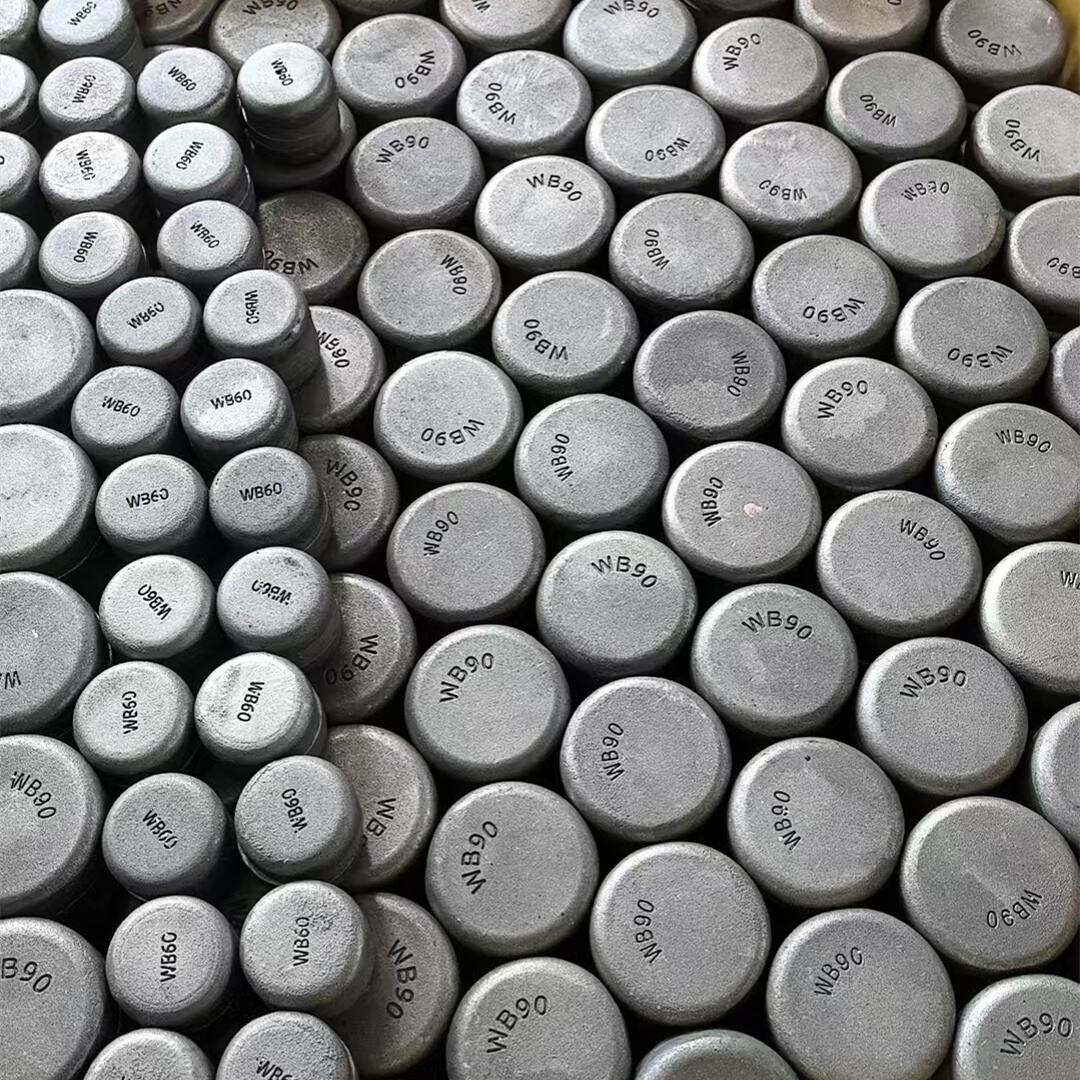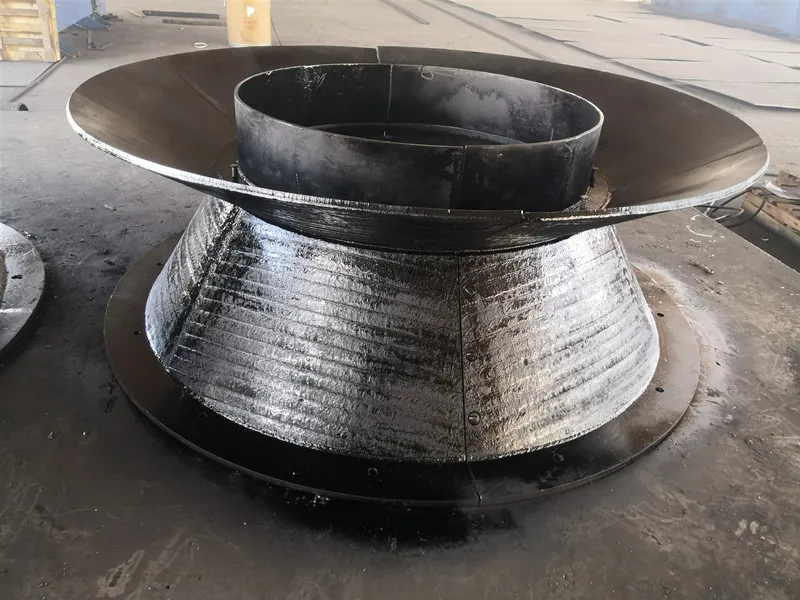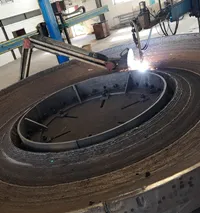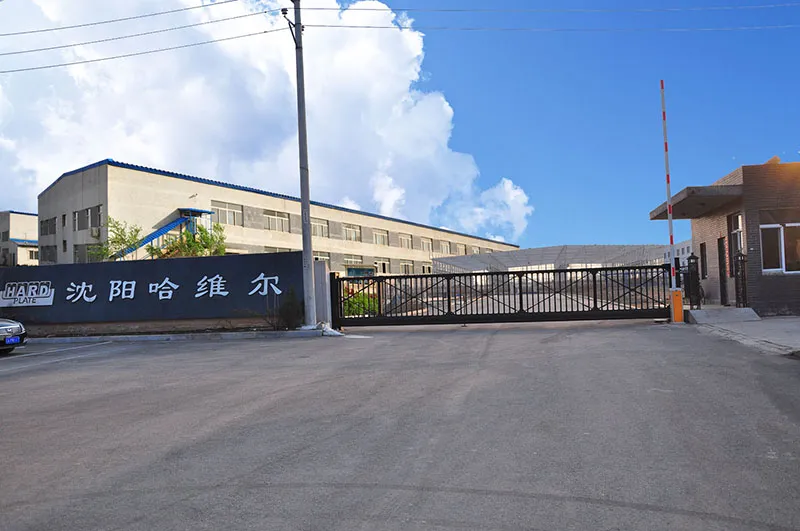Low Hydrogen Welding Rods: Revolutionizing Critical Welding Applications
Why Low Hydrogen Welding Rods Are Indispensable in Modern Industry
Low-hydrogen electrodes (such as E7018, E8018, etc.) are critical in high-stress welding applications, as weld quality is non-negotiable. These electrodes have extremely low hydrogen content in their flux coating, significantly reducing the risk of hydrogen-induced cracking (HIC)—the primary cause of weld failure in thick materials and high-strength steels. As industries increasingly demand safer, more durable welds, low-hydrogen electrodes are increasingly becoming the gold standard for welding in structural, marine, and energy applications.
Key Industries Driving Demand for Low Hydrogen Welding Rods
1.Construction & Infrastructure
Bridges and skyscrapers: E7018 steel bars must be used at critical joints in steel structures due to their high tensile strength and resistance to brittle fracture.
Pipe welding: Low-hydrogen electrodes can prevent cold cracks in transnational oil and gas pipelines in low-temperature environments, especially under high pressure.
2. Shipbuilding & Offshore Engineering
Marine Grade Welding: Ship hulls and offshore platforms require ultra-low hydrogen rods (H4 or H5 classification) to withstand saltwater corrosion and dynamic loads .
Underwater repair: Special low-hydrogen flux coating maintains arc stability even in humid environments.
3. Energy & Heavy Industry
Nuclear power and power plants: These welding rods are used for welding reactor pressure vessels, where even the smallest defects can lead to catastrophic failures.
Wind turbine tower: High-strength E8018-G steel reinforcement ensures structural stability under extreme weather conditions.

